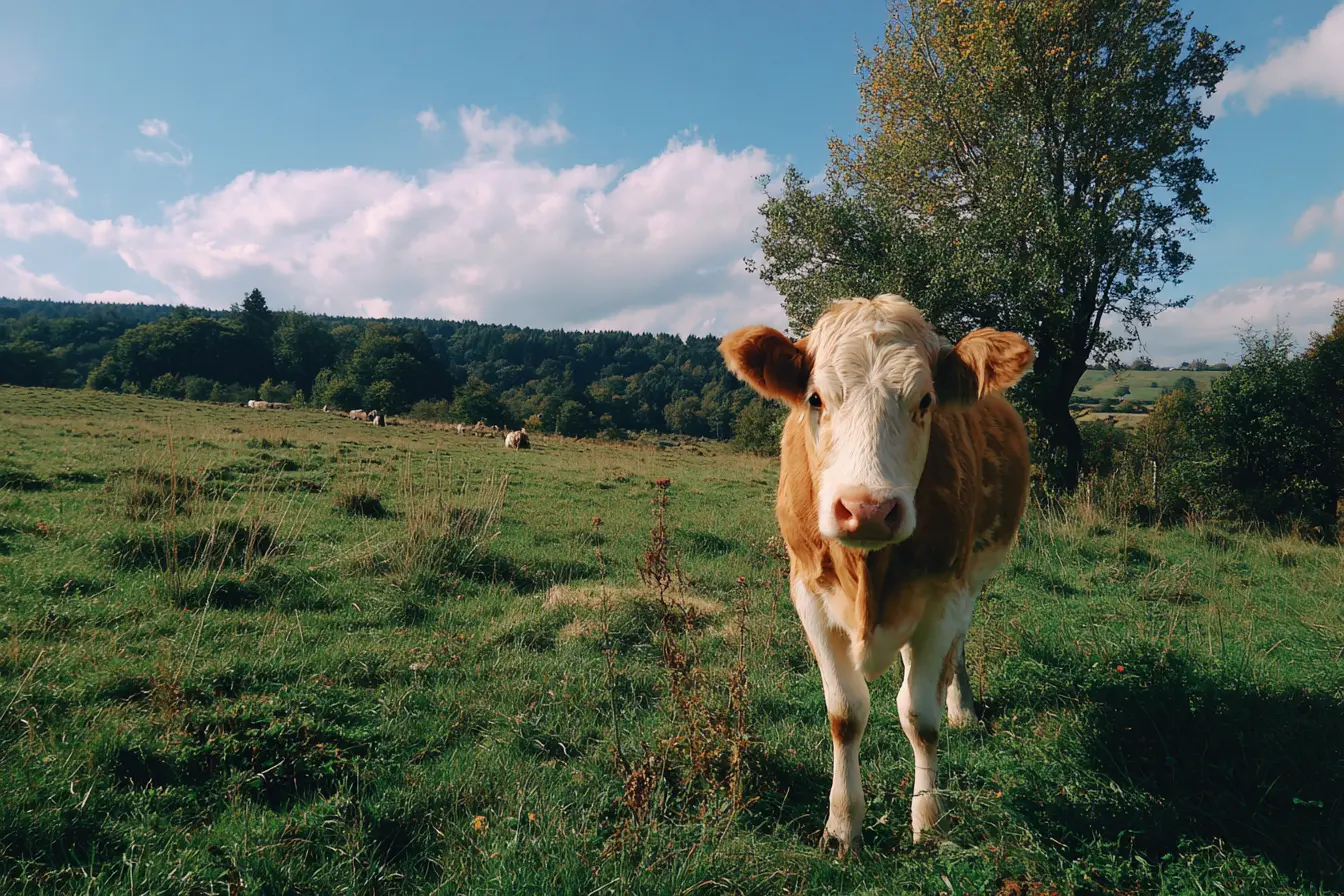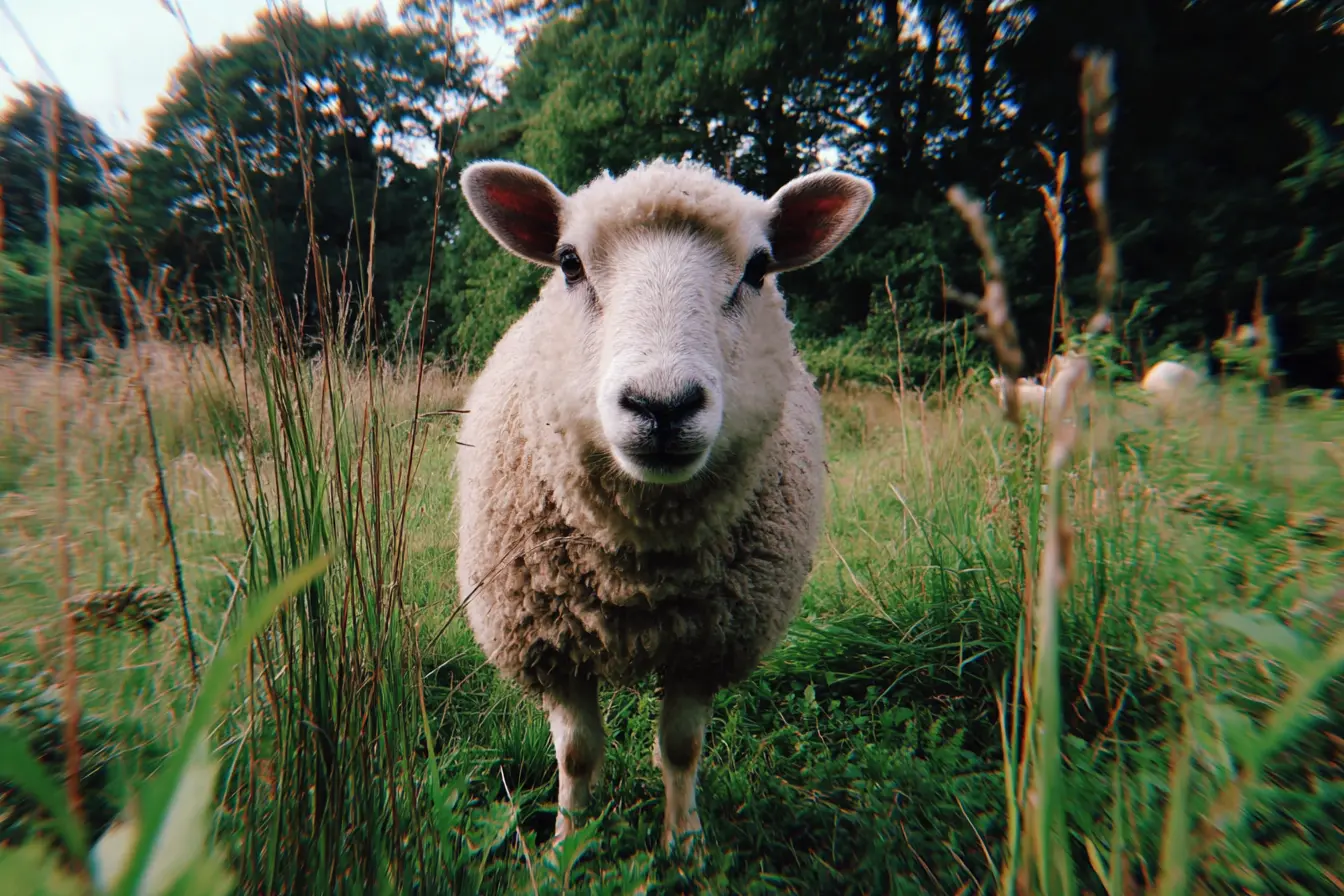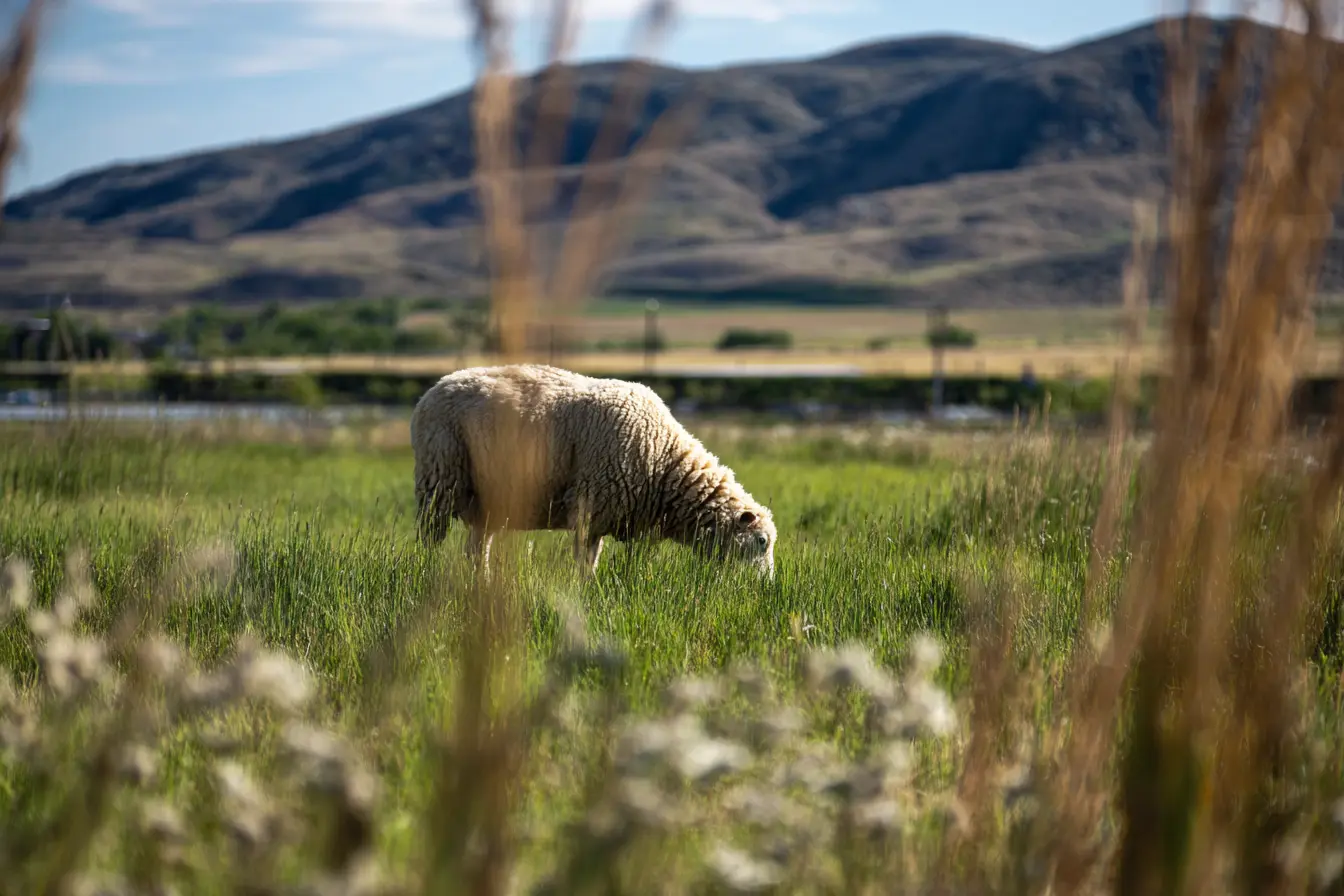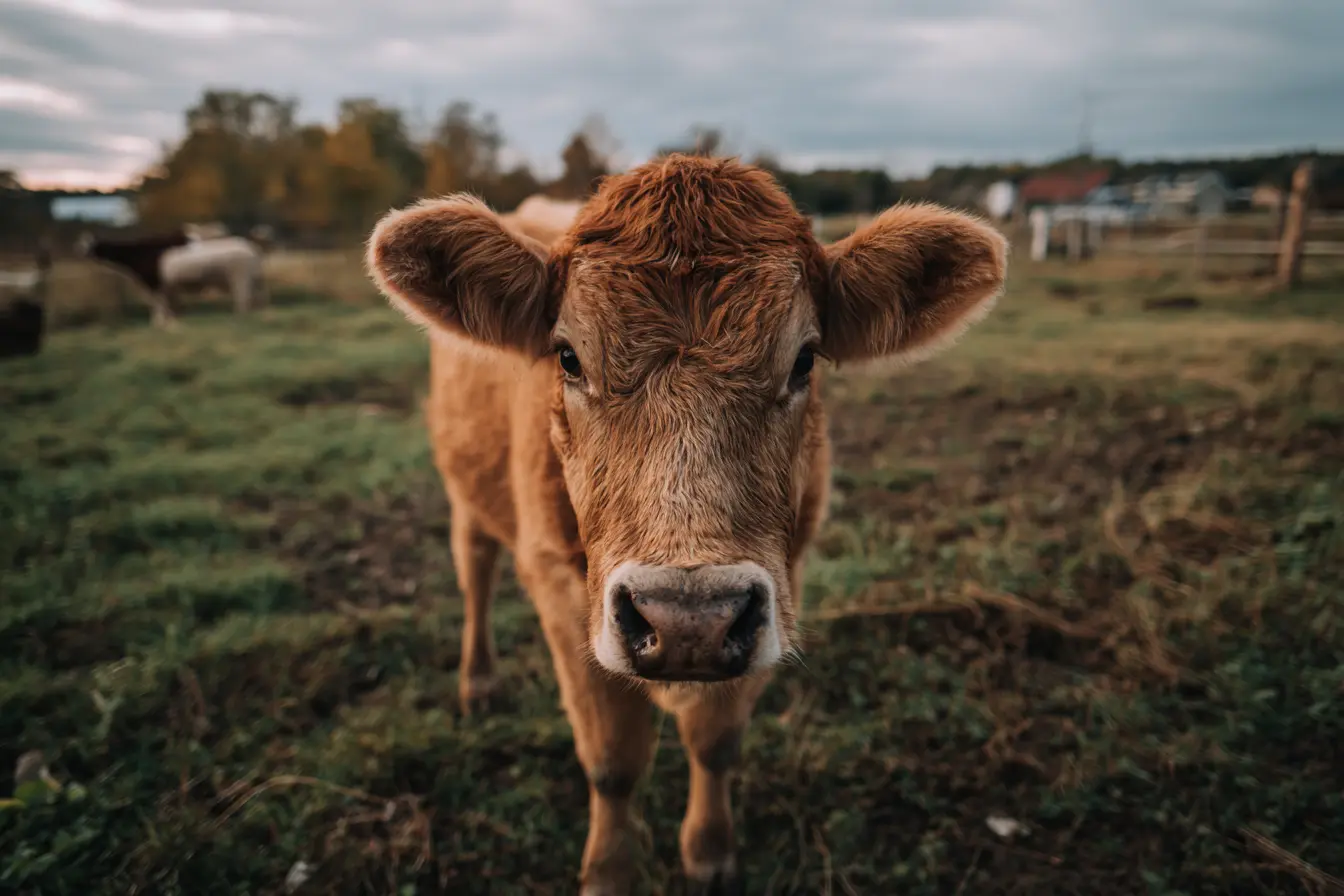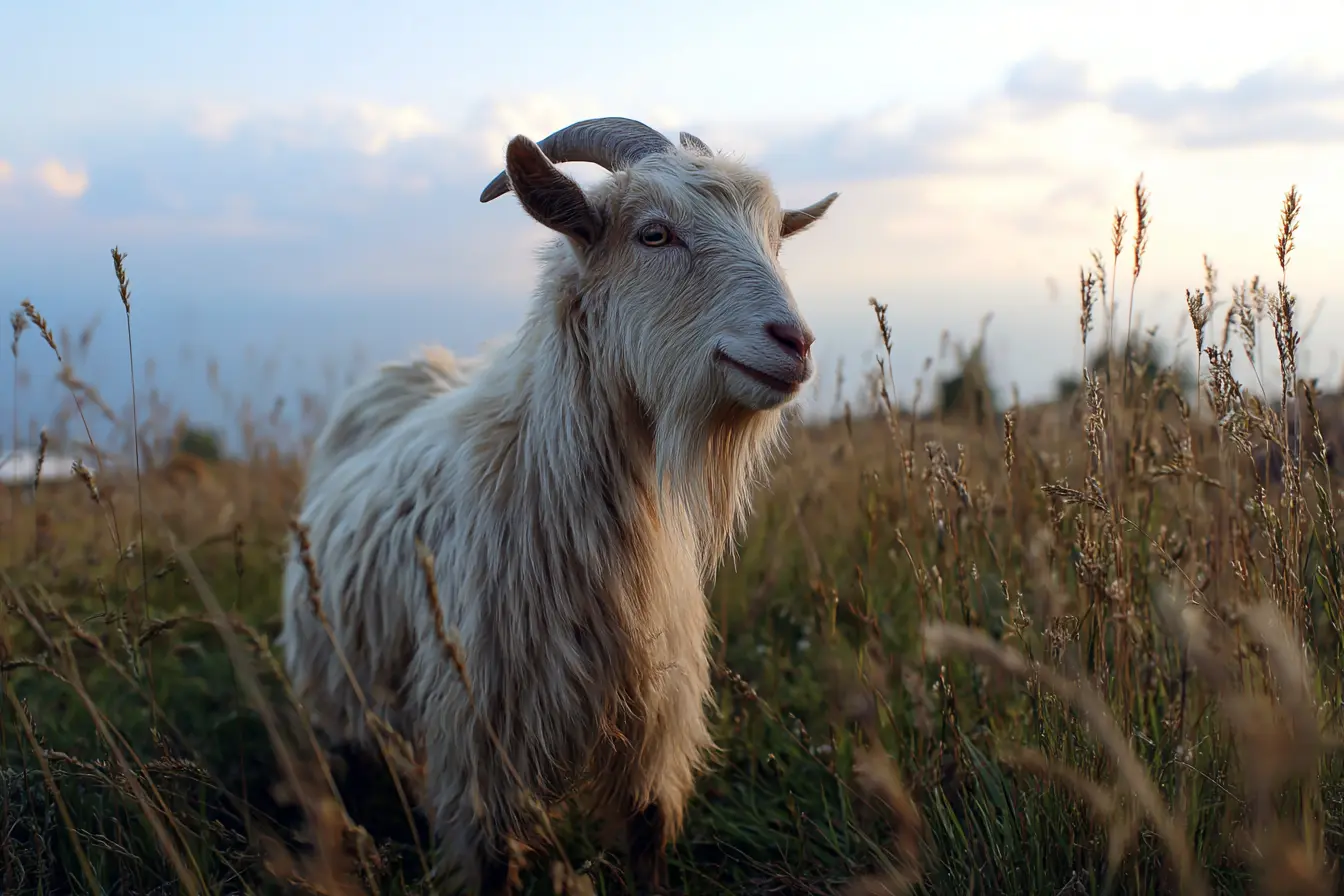
A Complete Guide to Harvesting Pashmina Goat Fibre
Pashmina is often regarded as the finest and softest natural fibre in the world. Originating from the Himalayan region, it is produced by special breeds of goats, most famously the Changthangi or Ladakhi goat. These goats grow an ultra-fine undercoat to survive the harsh winters at high altitude. While rare in the UK, some farmers and fibre enthusiasts are exploring the possibility of keeping and harvesting fibre from pashmina goats.
This guide explains everything you need to know about harvesting pashmina fibre, from understanding the goats and their coats to handling, storing, and processing the fibre for maximum value.
Understanding Pashmina Fibre
What is Pashmina?
- Pashmina is the undercoat fibre of goats adapted to extreme cold, primarily in the Himalayas.
- The fibre diameter is typically between 12–15 microns, significantly finer than regular cashmere.
- Pashmina has extraordinary softness, warmth, and lightness, making it highly sought after in luxury textiles.
Growth Cycle
- Pashmina fibre grows throughout the winter as insulation against freezing temperatures.
- In spring, goats naturally shed this undercoat as the weather warms.
- Harvesting coincides with this seasonal moult to ensure the highest quality fibre.
Fibre Yield
- Each goat produces only 80–200 grams of usable pashmina annually.
- This extremely low yield is a major factor in its rarity and high price.
Preparing for Harvest
Equipment Needed
- Fine-toothed pashmina or cashmere combs.
- Gentle restraints or a shearing stand (optional, for calm handling).
- Collection bags made of cotton or paper.
- Labels for identifying goats and recording fibre weights.
Preparing the Goat
- Ensure goats are clean and dry before harvest.
- Remove bedding materials such as straw or hay that may contaminate fibre.
- Handle goats calmly; stress can cause them to struggle and break fibres.
Timing
- Harvesting takes place in spring (March–May in the UK).
- The ideal time is when goats begin shedding naturally.
- Harvesting too late can result in fibre being lost to the field.
Harvesting Methods
Unlike Angora goats, pashmina goats are never shorn. Instead, their fibre is carefully combed out.
Combing
- The preferred and traditional method.
- Performed during the natural moult when the undercoat loosens.
- The goat is gently restrained, and the comb is worked through the coat to collect fine fibres.
- Usually requires multiple combing sessions over one to two weeks to remove all fibre.
- Produces the cleanest and finest fibre, free from guard hairs.
Shearing (less common)
- Sometimes used in commercial operations outside the Himalayas.
- The entire fleece is removed, including coarse guard hairs.
- Requires extensive dehairing at a mill to separate the fine fibre.
- Risks reducing quality compared to careful combing.
Handling During Harvest
- Collect fibre in clean, labelled bags.
- Keep fleece from each goat separate to monitor yield and quality.
- Avoid contamination with dirt, bedding, or vegetable matter.
Sorting and Dehairing
Sorting
- After combing, the fibre must be hand-sorted to remove coarse outer guard hairs.
- The finest fibre comes from the neck, chest, and underbelly areas.
Dehairing
- Essential for pashmina, as raw fleeces contain both fine down and coarse hairs.
- Usually carried out by specialist mills with mechanical dehairing machines.
- Manual dehairing is possible but very time-consuming.
Grading
- Graded by micron count, colour, and length.
- White or pale fibres are most valuable, as they are easier to dye.
- Uniformity in fineness and staple length increases market value.
Storing Pashmina
- Store fibre in breathable cotton or paper bags.
- Keep in a cool, dry environment away from direct sunlight.
- Protect from pests such as moths using natural deterrents (lavender, cedar).
- Check fibre regularly for signs of dampness or contamination.
Post-Harvest Goat Care
- After combing, goats are left with only their coarse guard hairs.
- Provide warm, dry shelter to prevent chills during unpredictable UK spring weather.
- Offer high-quality nutrition to support regrowth.
- Carry out routine health checks such as hoof trimming, parasite monitoring, and vaccinations during the harvest period.
Processing and Marketing
Once harvested, pashmina fibre can follow several routes:
- Sold raw to mills or specialist buyers.
- Scoured to remove grease and impurities.
- Carded and combed, aligning fibres for spinning.
- Spun into yarn, often blended with silk for strength and sheen.
Marketing Channels
- Specialist fibre buyers and luxury mills.
- Artisan spinners and weavers.
- Direct-to-consumer sales through craft fairs or online platforms.
- Storytelling and provenance are especially important for pashmina, as consumers associate it with heritage and exclusivity.
Common Challenges
- Very low yield per goat compared to other fibre animals.
- Labour-intensive harvesting and sorting.
- UK climate is less harsh than the Himalayas, potentially affecting fibre quality.
- Risk of contamination with coarse hairs or dirt.
- High market expectations for fineness and uniformity.
Best Practices for Success
- Harvest only during the natural spring moult.
- Prioritise combing over shearing to protect fibre quality.
- Keep fleeces from individual goats separate for accurate grading.
- Store fibre carefully to protect against pests and moisture.
- Focus on breeding programmes that improve fibre density and fineness.
Conclusion
Harvesting pashmina fibre is a delicate and demanding process. With each goat producing only a small amount of ultra-fine fibre annually, every stage, from combing to sorting and storage, requires patience and precision. While rare outside of the Himalayas, pashmina goats can be kept in the UK under the right conditions, producing one of the most exclusive natural fibres in the world.
For farmers and fibre enthusiasts, working with pashmina is not just about economics but also about preserving a tradition and handling one of nature’s finest materials. With careful management, harvesting pashmina fibre can be both a rewarding experience and a contribution to the global heritage of luxury textiles.
Vets near you
Speciality vets
- Aquatics vet specialists
- Birds vet specialists
- Camelids vet specialists
- Cats vet specialists
- Cattle vet specialists
- Deer vet specialists
- Dogs vet specialists
- Equines vet specialists
- Exotic vet specialists
- Goats vet specialists
- Pigs vet specialists
- Poultry vet specialists
- Sheep vet specialists
- Small Mammals vet specialists
- Wild vet specialists
